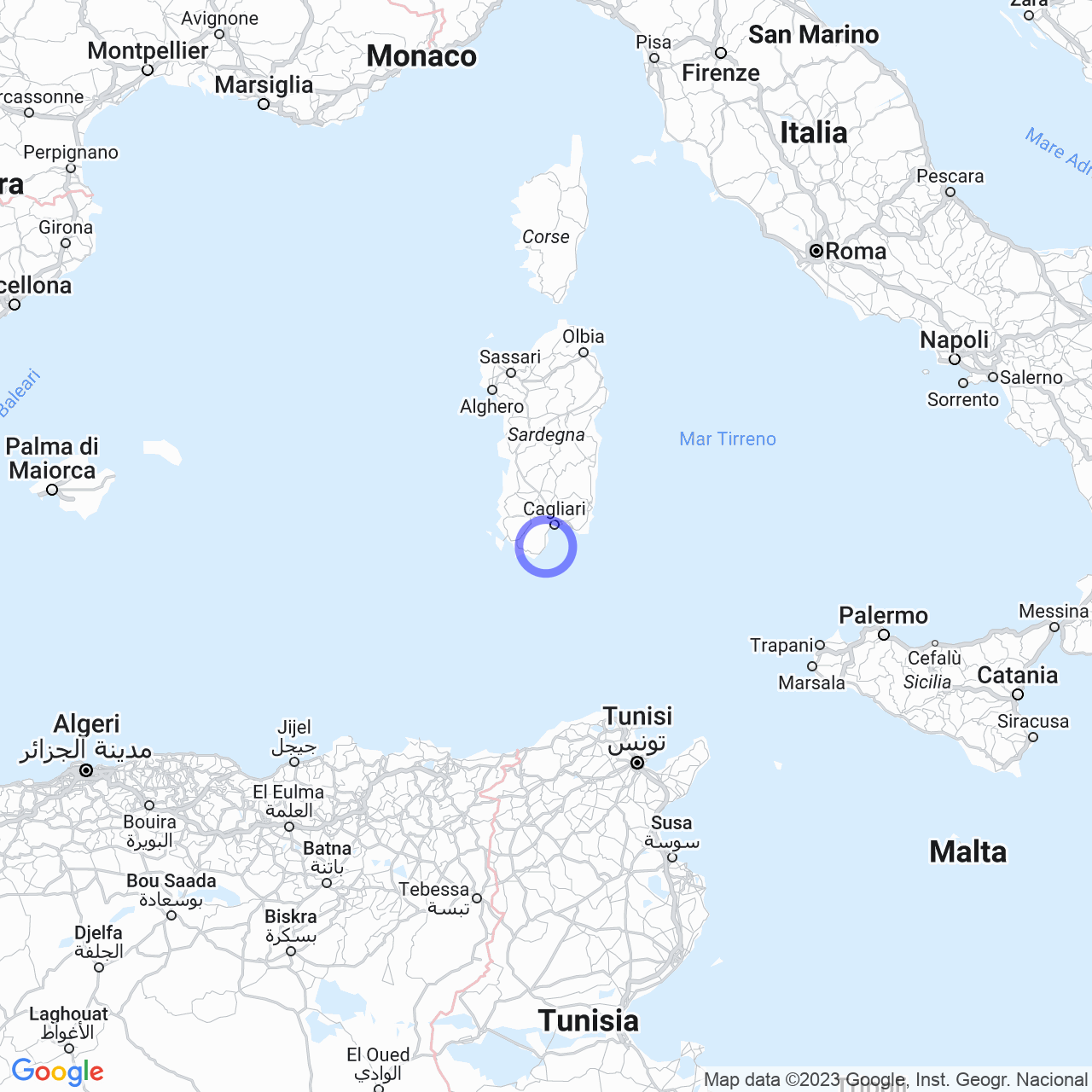Pula
Welcome to Pula: a city between history and beaches
Welcome to Pula, a municipality located in the southwest of the metropolitan city of Cagliari in Sardinia. With a population of 7,104 inhabitants, Pula is a city rich in history and natural beauty. The city owes its name to the Greek word "pùle", which means passage, or to the Sardinian word "padule, padula, paúle, paúli", which means marsh or pond.
The history of Pula
Pula is located near the ancient city of Nora, founded by the Iberians around the 8th century BC. From the Phoenicians, it passed to the Punics and the ancient Romans who elevated it to the capital of the province of Sardinia and Corsica. However, the city suffered several raids by the Vandals and Saracen pirates and ceased to exist around the 8th century AD.
In the Middle Ages, Pula was known as "Padulis de Nura" and was part of the judgeship of Cagliari. In the 14th century, the village of Padulis de Nura was enfeoffed to the Carroz family and was occupied several times by the Arborean armies during the wars between the judgeship of Arborea and the Kingdom of Sardinia. In the 16th and 17th centuries, the Spanish Empire built three lookout towers along the coast for anti-Barbary function.
Around 1363, the fief was incorporated into the county of Quirra and transformed into a marquisate in 1603 by the new feudal lords Centelles. However, the population was decimated by the plague epidemic of 1652 and the incursions of Barbary pirates caused a new wave of depopulation. The territory passed to the Borgia of Duke of Gandia and the Catalans in 1726.

The beauty of Pula
Despite its troubled history, Pula is now highly appreciated for its natural beauty, especially for its beaches. In the 20th century, the city became an important tourist destination thanks to the beautiful beaches that surround it. In addition, Pula boasts an important archaeological site, the Nora site, dating back to the Phoenician and Roman period. Here, you can immerse yourself in the past of the ancient Sardinian city through the ruins of temples, baths, the theater, and the Roman forum.
What to do in Pula
Living in Pula means admiring the sea, history, and culture of Sardinia. Beach lovers can relax on beautiful beaches such as Nora Beach and Santa Margherita Beach, where they can enjoy the beauty of the crystal-clear sea. History and culture enthusiasts, on the other hand, can visit the Nora site and admire the ancient beauty of the city. In addition, Pula has a wide range of restaurants where you can taste typical Sardinian cuisine, including fresh fish dishes such as bottarga di muggine and spaghetti with clams.
Conclusions
In summary, Pula is an ideal destination for those looking for a vacation that combines natural beauty, history, and culture. Its beaches and ancient ruins offer a perfect mix of nature and history. The hospitality of its inhabitants, typical Sardinian cuisine, and wide range of activities will make your stay in Pula unforgettable.
